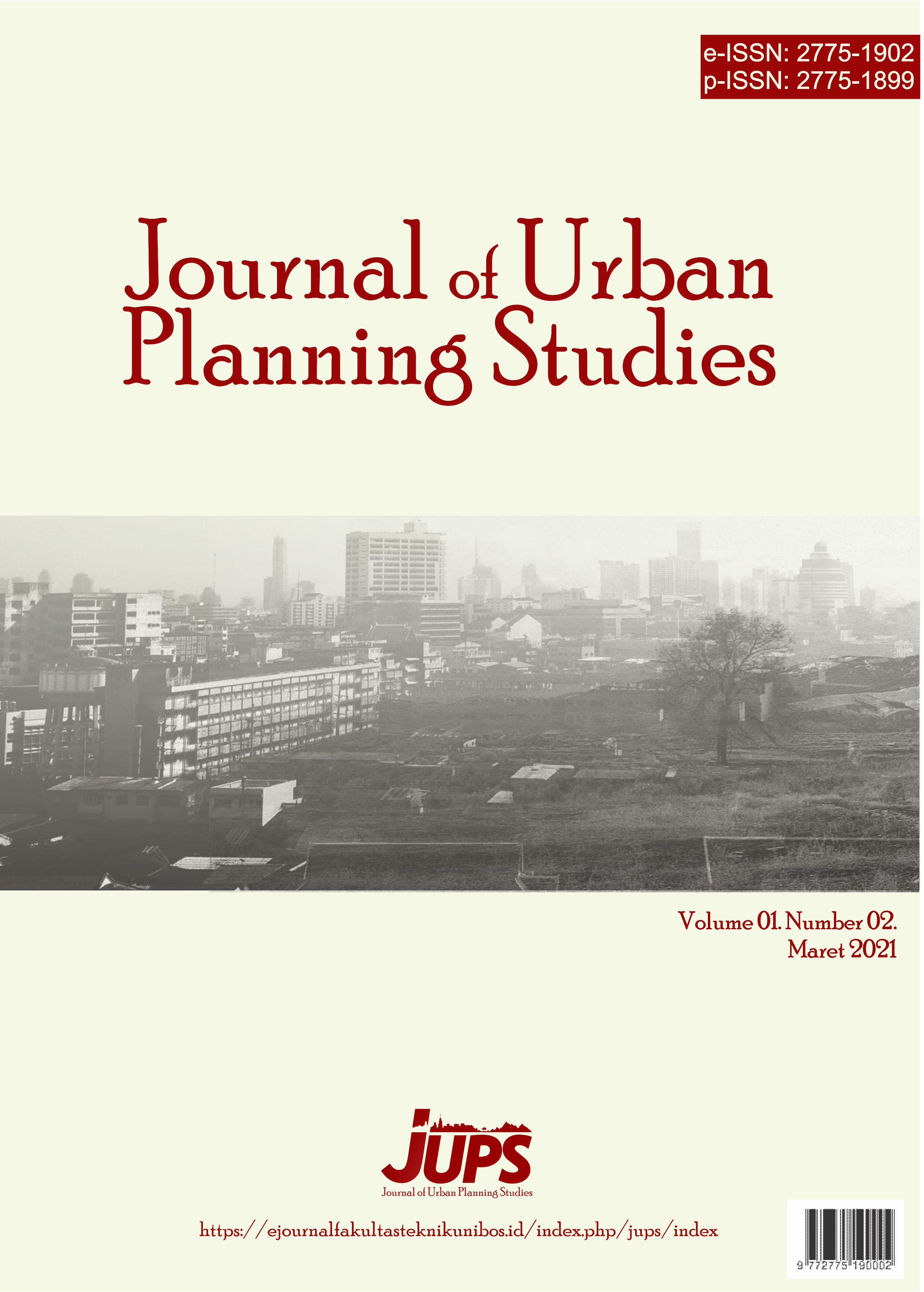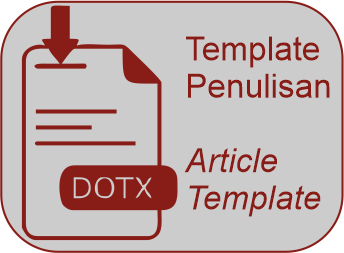Analysis of Improving the Quality of Slum Settlements of Tallo Village, Tallo District, Makassar City
DOI:
https://doi.org/10.35965/jups.v1i2.22Keywords:
Slum settlements, drainage, drinking water, Waste Water, Slum settlements; drainage; drinking water; waste water; solid waste, Solid wasteAbstract
This study aimed to identify the causes of slum settlements and to find out strategies to improve the quality of slum settlements in Tallo Village, Makassar City. This research was conducted with literature studies and field studies with research variables in the form of drainage, drinking water, waste water, and solid waste. The data obtained were analyzed using the chi-square analysis method, analysis of internal and external factors (IFE-EFE), IE matrix, and SWOT analysis. Based on the results of the study, it was found that the source of drinking water and the need for drinking water had a strong effect on the causes of slum, while wastewater and garbage had a moderate effect on the causes of slum. The strategy for improving the quality of slum settlements in Tallo Sub-District, Makassar City is to take advantage of communities that support government programs related to activities to improve the quality of their settlement environments with the existence of MENTRI Decree No. 534 / KTPS / M / 200 Regarding settlement arrangement, utilizing public awareness in improving the quality of Slum Settlements in accordance with PU Regulation No.2 of 2016 concerning improving the quality of housing and slum settlements, maintaining existing road networks such as in RT RW MAKASSAR CITY 2015 -2035 regarding the development, enhancement, stabilization and rehabilitation of road networks, as well as increasing the socio-economic potential of the surrounding community with community empowerment programs (RP2KPKP, KOTAKU, and Mayor Kumuh Decree 2015).
References
Cyntia, K.P. (2019). Analisis Efektivitas Program Revitalisasi Pasar Tradisional dan Dampaknya terhadap Pendapatan Pedagang dan Pengelolaan Pasar Pohgading. Jurnal Ekonomi dan Bisnis Universitas Udayana, 9(7) : 805-834
Danisworo, M dan Martokusumo,W. (2000). Revitalisasi Kawasan Kota Sebuah Catatan dalam Pengembangan dan Pemanfaatan Kawasan Kota
Doxiadis, Constantinos. (1969). EKISTICS an Introduction to The Science of Human Settlement, London.
Permen PU No 2 Tahun 2016 Tentang Peningkatan Kualitas Perumahan Dan Permukiman Kumuh
Pribadi, E.M. (2008). Chi Square Test. Jakarta : Universitas Gunadarma
Rencana Pencegahan dan Peningkatan Kualitas Permukiman Kumuh Perkotaan Kota Makassar, 2016
Undang-Undang No.1 Tahun 2011 Tentang Perumahan Dan Kawasan Permukiman
Downloads
Published
How to Cite
Issue
Section
License
Copyright (c) 2021 St. Nurhalizah Marjuni, Syafri, Rahmawati Rahman

This work is licensed under a Creative Commons Attribution 4.0 International License.













